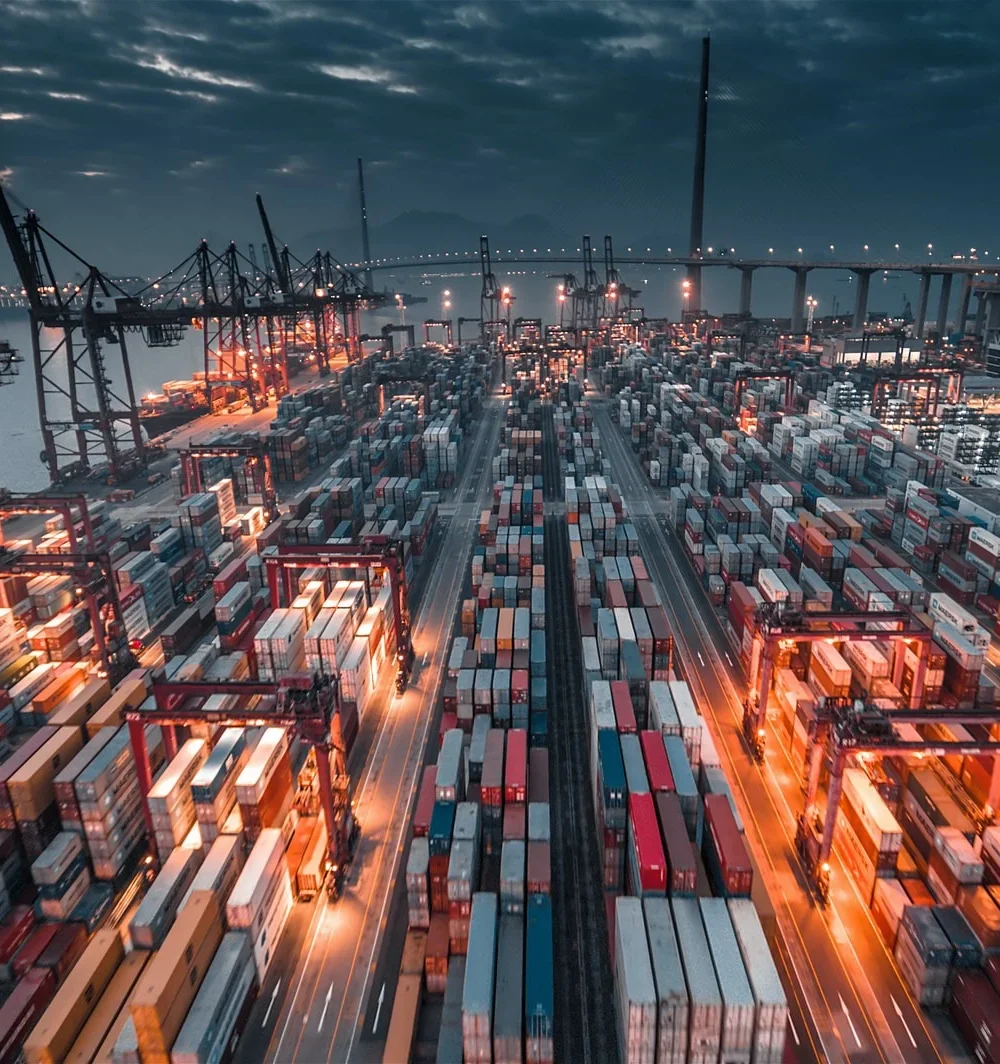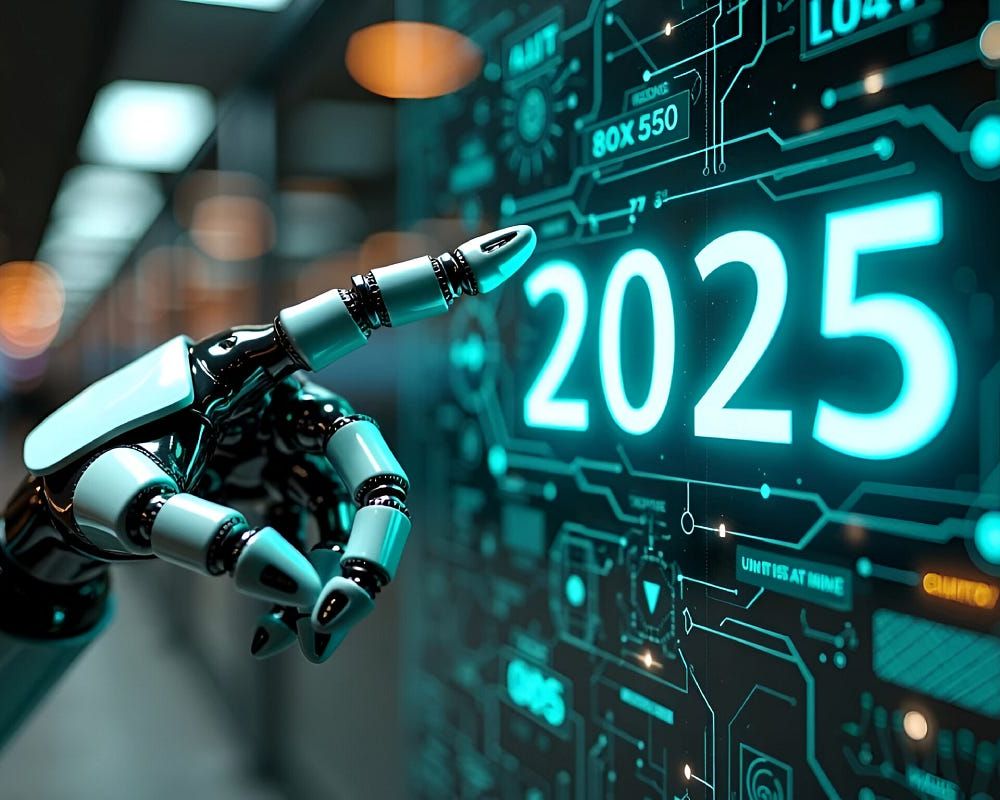The global
metals industry is at a critical juncture as it faces mounting pressures to
adopt sustainable and resource-efficient practices. With the growing emphasis
on environmental responsibility and the need to reduce waste, circular economy
practices have emerged as a transformative solution. These practices aim to
minimise waste, maximise resource utilisation, and promote the recycling and
re-use of materials throughout the supply chain. For platforms like MetaMetalX,
enabling and integrating circular economy principles into their operations is
not just sustainability imperative but also a competitive advantage.
Understanding the Circular
Economy in Metals
A circular
economy in the metals industry represents a shift from the traditional linear
model of “take, make, dispose” to a regenerative system. In this
model, resources are kept in use for as long as possible, extracting maximum
value before recovering and regenerating materials at the end of their
lifecycle.
Key components
of circular economy practices in the metals industry include:
Recycling:
Recovering metals from end-of-life products and industrial scrap.
Re-use: Extending
the life of metal components through refurbishment and remanufacturing.
Efficient Design:
Developing products that require fewer raw materials and are easier to
recycle.
Closed-Loop Systems:
Creating supply chains where waste and by-products are reintroduced into
production cycles.
Benefits of Circular Economy
Practices in Metals
The adoption of
circular economy practices offers a host of benefits for the metals industry,
ranging from environmental sustainability to economic efficiency. Here are some
of the key advantages:
1.
Environmental Sustainability
Circular
economy practices significantly reduce the environmental impact of metal
production and consumption. By recycling and re-using metals, the industry can:
Reduce Greenhouse Gas Emissions:
Recycling metals requires less energy compared to extracting and
processing raw materials, leading to lower carbon emissions.
Minimise Waste:
Diverting scrap and end-of-life products from landfills reduces
environmental pollution.
Conserve Natural Resources:
Re-using metals reduces the need for mining, preserving finite natural
resources and protecting ecosystems.
2. Cost Savings
Circular
economy practices can lead to significant cost savings for businesses.
Recycling metals is often more cost-effective than extracting and refining new
materials. Additionally, efficient design and resource optimisation can lower
production costs and reduce dependency on volatile raw material markets.
3. Enhanced
Supply Chain Resilience
By creating
closed-loop systems and diversifying material sources through recycling,
businesses can mitigate risks associated with supply chain disruptions. This is
particularly valuable in a market where geopolitical tensions and trade
restrictions can impact the availability of raw materials.
4. Compliance
with Regulations
Governments
worldwide are introducing stricter environmental regulations and policies to
promote sustainability. Adopting circular economy practices helps businesses
comply with these regulations, avoiding penalties and enhancing their
reputation among stakeholders.
5. Market
Differentiation and Brand Value
Sustainability
is increasingly a priority for consumers and investors. Companies that embrace
circular economy practices can differentiate themselves in the market, attract
environmentally conscious customers, and build a strong, positive brand image.
6. Job Creation
and Innovation
The transition
to a circular economy fosters innovation in product design, recycling
technologies, and business models. It also creates new job opportunities in
recycling, remanufacturing, and other sustainability-focused industries.
Challenges of Implementing
Circular Economy Practices in Metals
While the
benefits of circular economy practices are compelling, the transition is not
without challenges. The metals industry faces several obstacles that must be
addressed to fully realise the potential of a circular economy.
1.
Technological Barriers
Recycling and
re-using metals often require advanced technologies to ensure the quality and
efficiency of recovered materials. Developing and deploying these technologies
can be costly and time-consuming, particularly for small and medium-sized
enterprises.
2. Economic
Viability
The economic
feasibility of circular economy practices depends on market conditions,
including the cost of raw materials, energy prices, and demand for recycled
metals. In some cases, recycling may not be financially viable without
government incentives or subsidies.
3.
Infrastructure Limitations
A robust
infrastructure is essential for collecting, sorting, and processing recyclable
metals. Many regions lack the necessary facilities and logistics networks,
limiting the effectiveness of circular economy initiatives.
4. Quality and
Standardisation Issues
Recycled metals
must meet stringent quality standards to be used in high-value applications.
Variability in the composition and purity of recovered materials can pose
challenges, requiring investments in quality control and testing.
5. Regulatory
Complexity
Navigating the
complex web of regulations related to recycling, waste management, and
cross-border trade can be challenging. Businesses must ensure compliance with
environmental, safety, and trade regulations while maintaining operational
efficiency.
6. Cultural and
Organisational Resistance
Transitioning
to a circular economy requires a cultural shift and changes in organisational
practices. Resistance to change and a lack of awareness about the benefits of
circular economy practices can hinder adoption.
How MetaMetalX Supports
Circular Economy Practices
As a leading
platform in the metals industry, MetaMetalX is at the forefront of promoting
and enabling circular economy practices. Through innovative technologies and
comprehensive solutions, MetaMetalX empowers businesses to adopt sustainable
practices and achieve their circular economy goals.
1. Blockchain
for Traceability
MetaMetalX
leverages blockchain technology to ensure transparency and traceability
throughout the supply chain. This enables businesses to verify the origin and
lifecycle of metals, ensuring compliance with sustainability standards and
promoting ethical sourcing.
2. AI-Driven
Insights
The platform’s
AI-powered analytics provide valuable insights into market trends, demand
patterns, and recycling opportunities. These insights help businesses optimise
resource utilisation and make informed decisions about circular economy
initiatives.
3. IoT-Enhanced
Supply Chain Visibility
By integrating
IoT devices, MetaMetalX offers real-time tracking of materials and shipments.
This enhances supply chain visibility and enables businesses to monitor the
flow of recycled and re-used metals.
4.
Collaboration and Networking
MetaMetalX
connects businesses across the metals industry, fostering collaboration and
knowledge sharing. This network supports the development of closed-loop systems
and facilitates partnerships that drive circular economy practices.
5. Support for
Innovation
The platform
provides tools and resources to support innovation in recycling technologies
and sustainable product design. By encouraging experimentation and adoption of
new solutions, MetaMetalX helps businesses stay ahead in the transition to a
circular economy.
The Future of Circular
Economy Practices in Metals
The adoption of
circular economy practices is set to grow as the metals industry faces
increasing pressure to reduce its environmental impact and optimise resource
use. Several trends will shape the future of circular economy initiatives:
Advancements in Recycling Technologies:
Innovations in material recovery and processing will enhance the
efficiency and quality of recycled metals.
Stronger Regulatory Frameworks:
Governments will continue to implement policies that promote circular
economy practices, creating incentives for businesses to adopt sustainable
models.
Increased Consumer Awareness:
Growing awareness of environmental issues will drive demand for
sustainable and ethically sourced products.
Digital Transformation:
Technologies like blockchain, AI, and IoT will play a critical role in
enabling and scaling circular economy practices.
Conclusion
Circular economy
practices represent a paradigm shift for the metals industry, offering a
pathway to sustainability, resilience, and economic efficiency. While
challenges remain, the benefits of adopting these practices far outweigh the
obstacles.
Platforms like
MetaMetalX are instrumental in accelerating this transition by providing the
tools, insights, and networks needed to implement circular economy principles.
As the industry continues to evolve, embracing circular economy practices will
be essential for businesses looking to thrive in a sustainable and competitive
future.
Circular Economy Practices in Metals: Benefits and Challenges
0
Comments
Likes
Clear Filters





